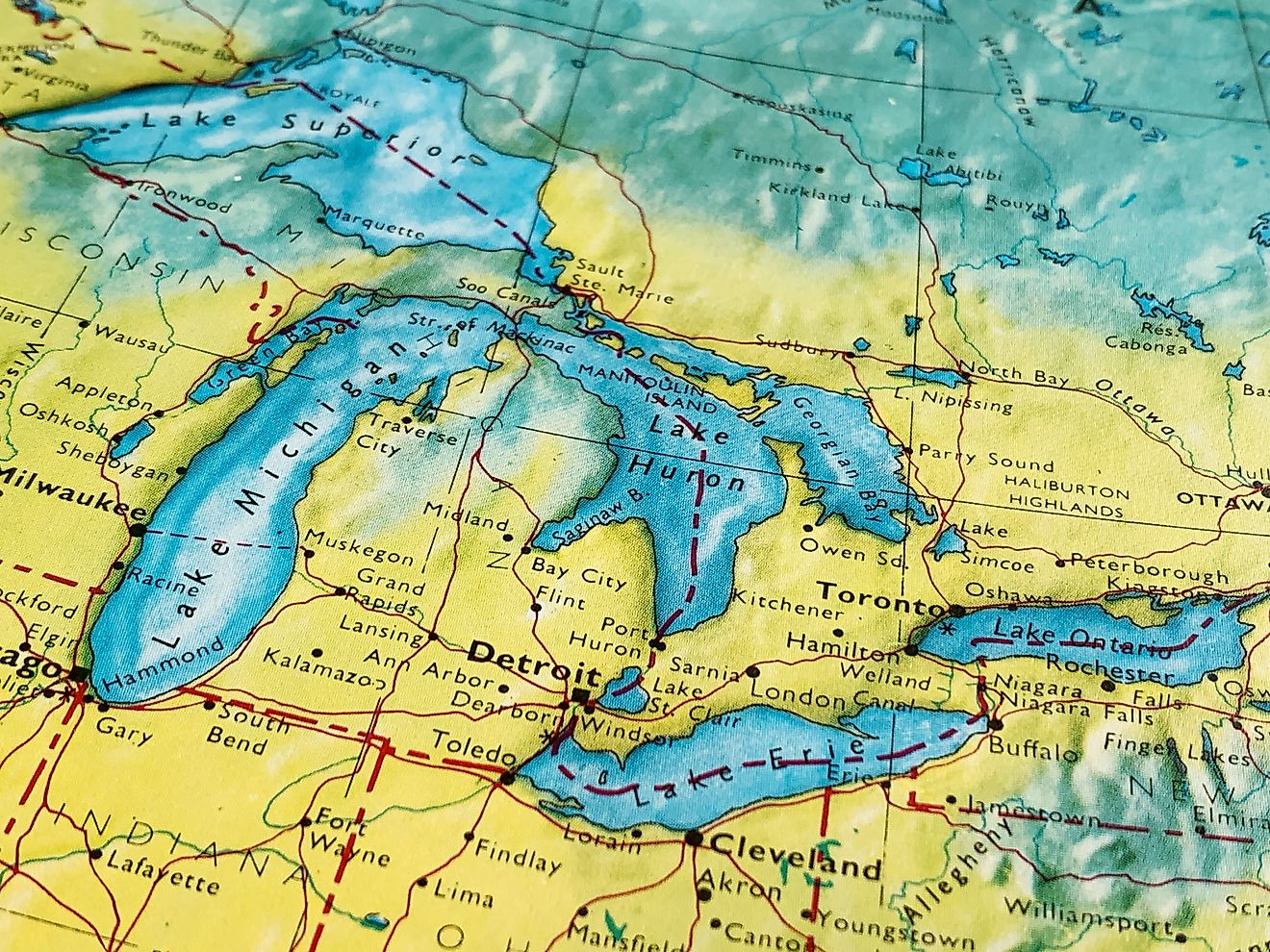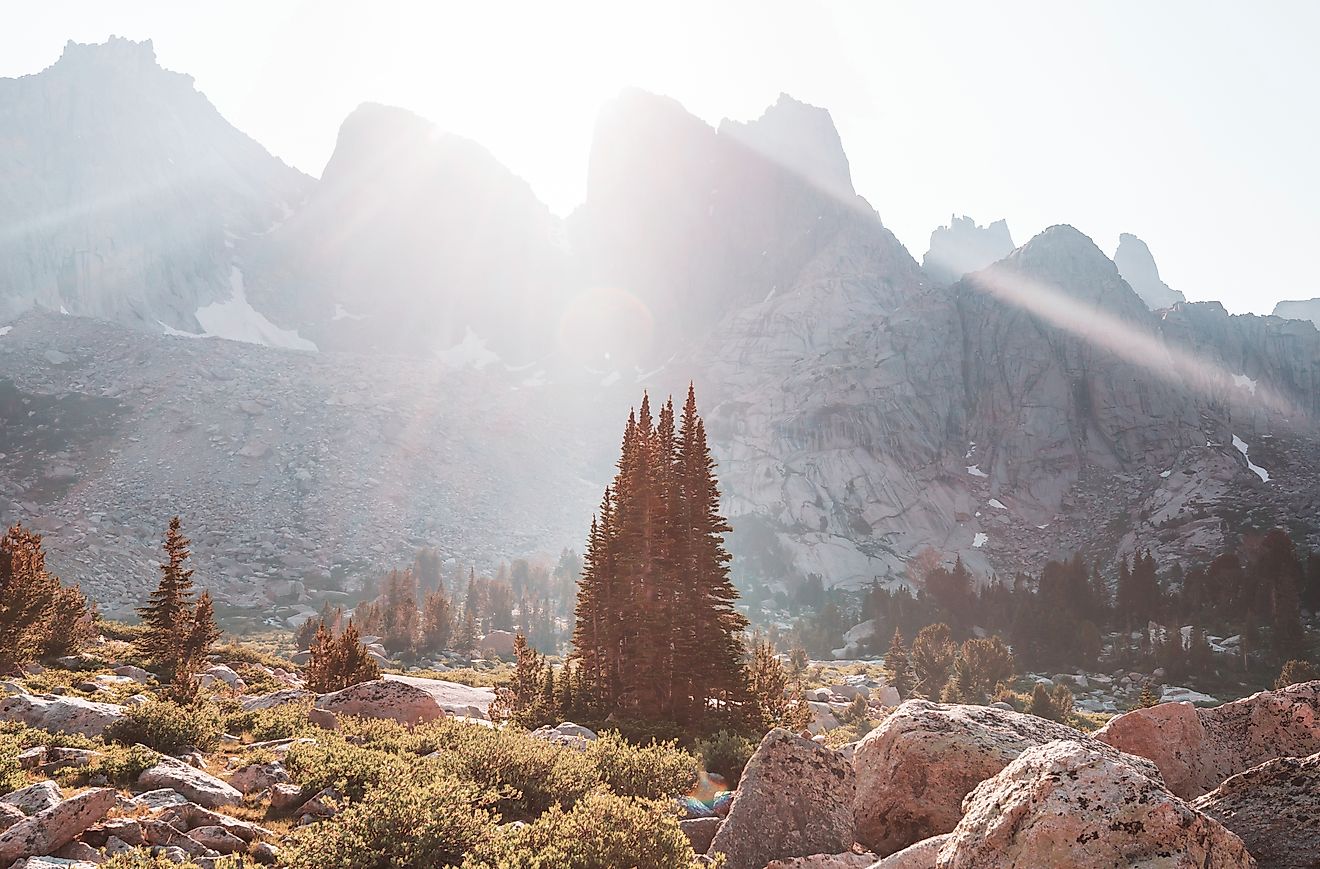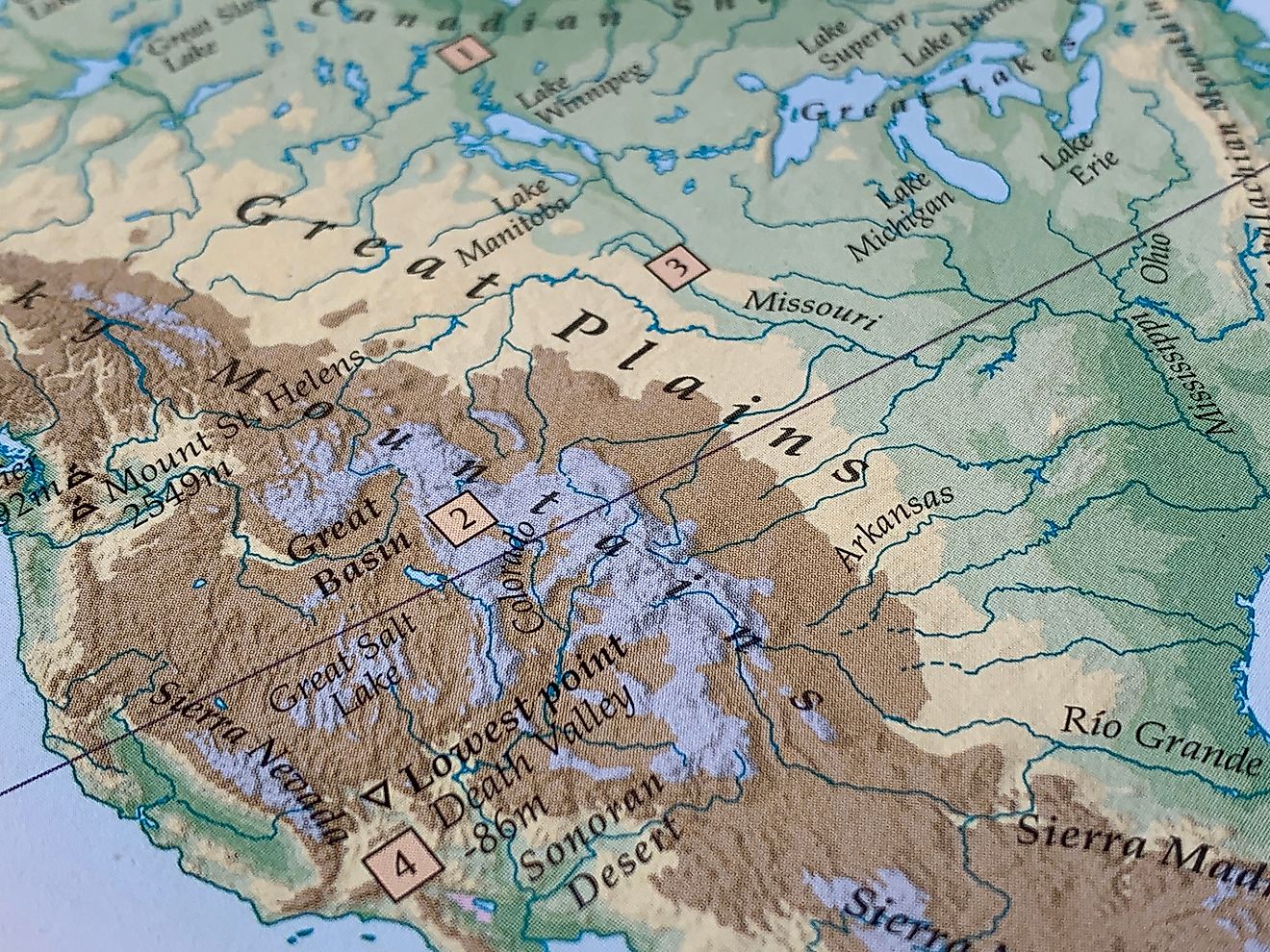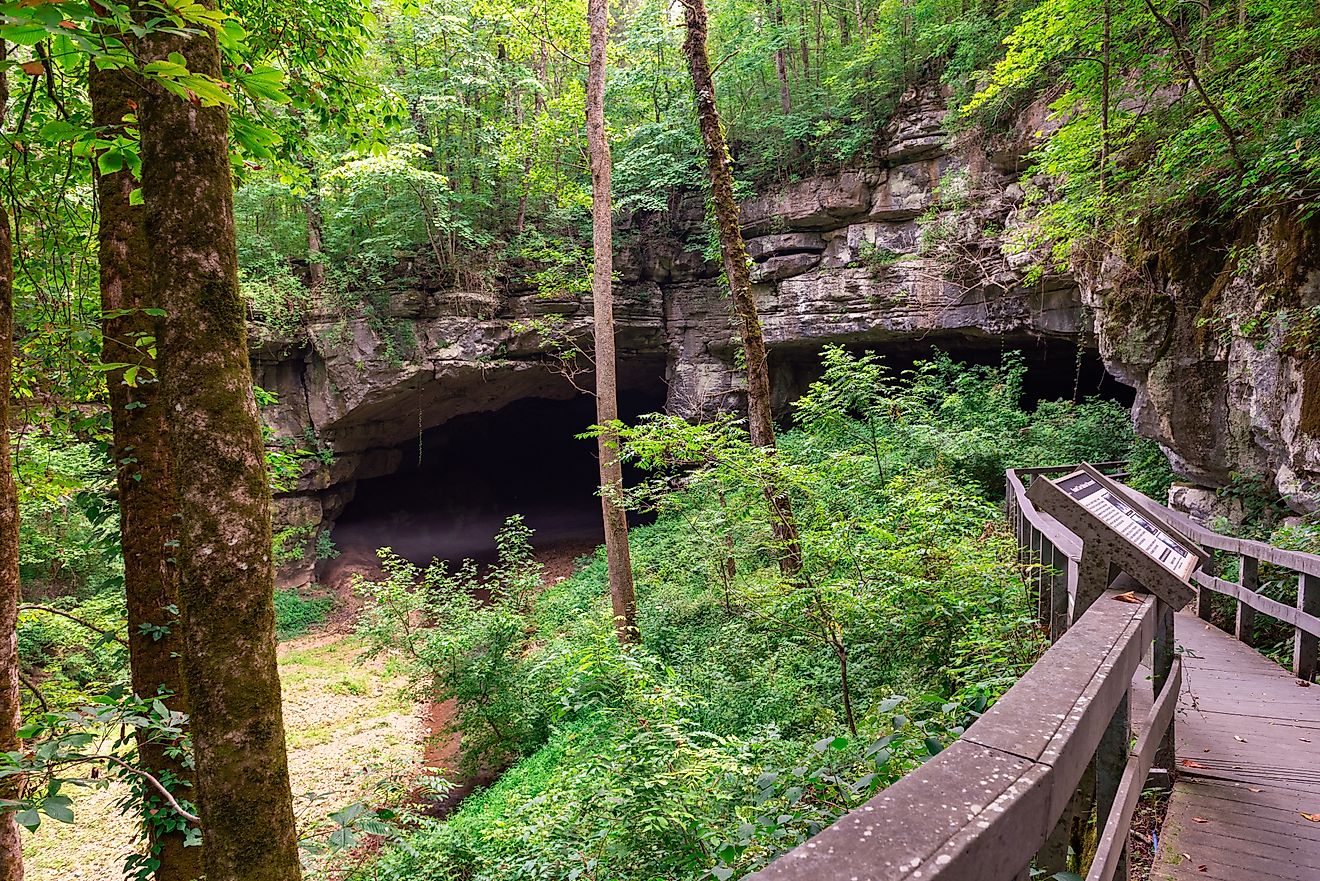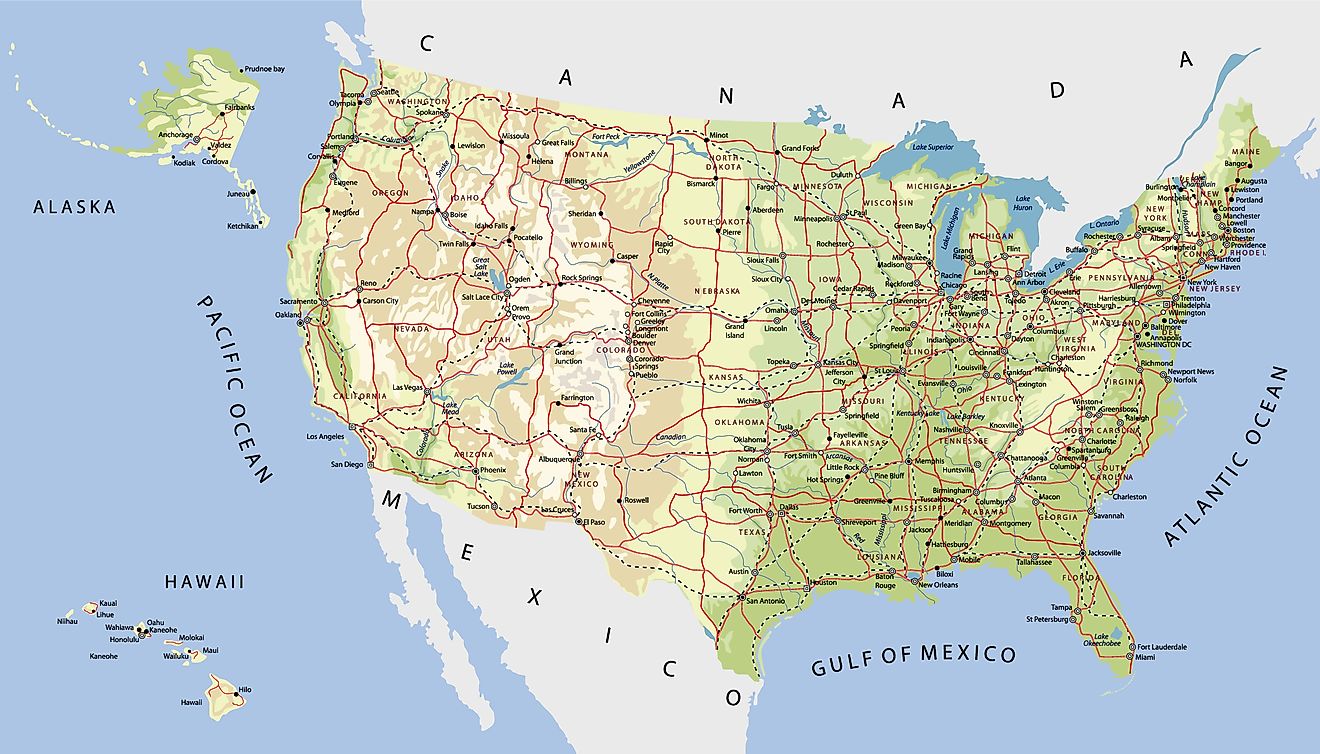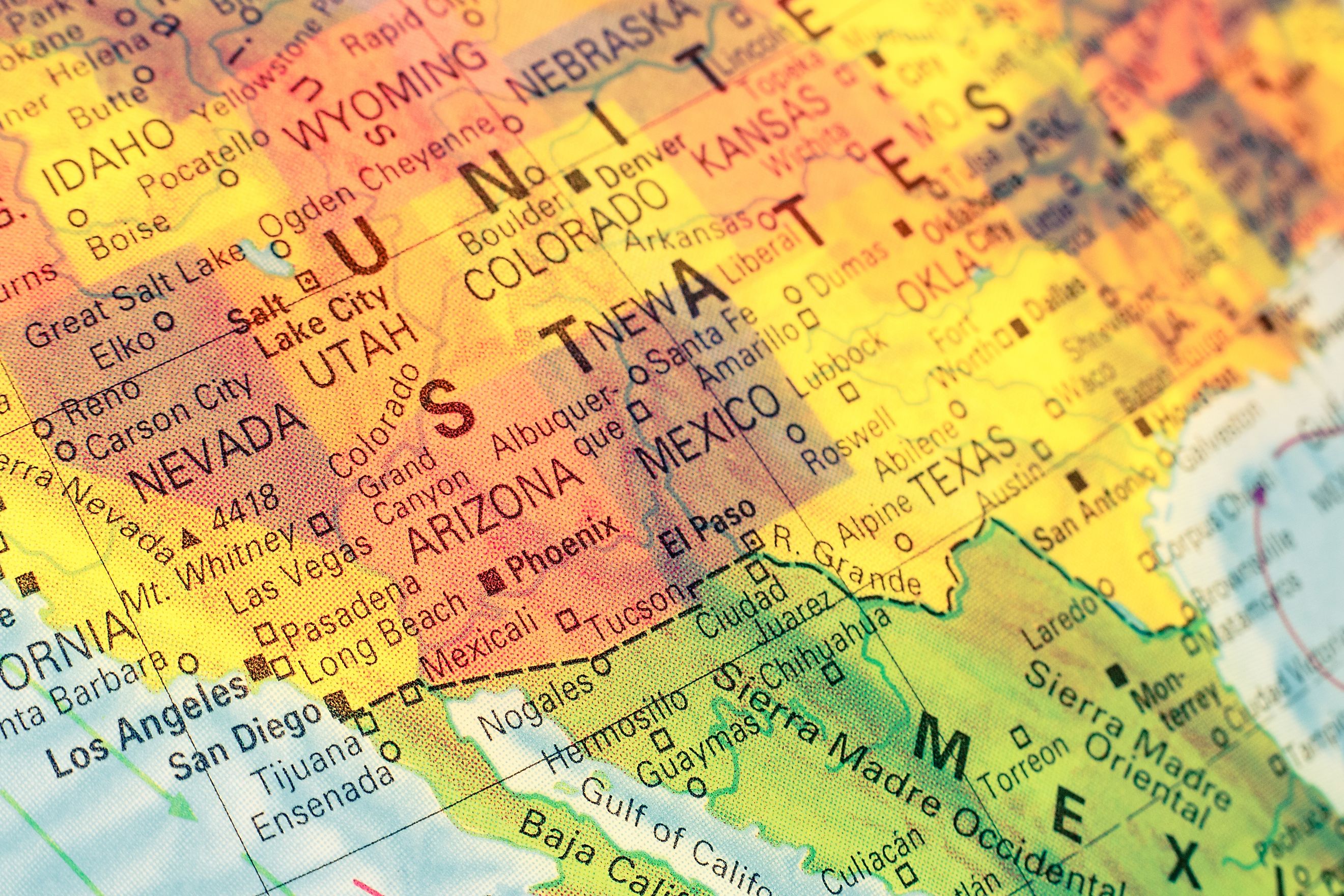
The Biggest States in The United States
From Arctic wilderness to sunbaked deserts and towering mountain ranges, the largest states in the US showcase the country's extraordinary geographic diversity. These expansive territories offer more than just wide-open spaces; they influence climate, economy, culture, and even population patterns.
Measured by total area, including both land and water, the top eight largest states cover hundreds of thousands of square miles and feature some of the most iconic landscapes in America. Here is a closer look at the states that truly stretch across the map.
Alaska
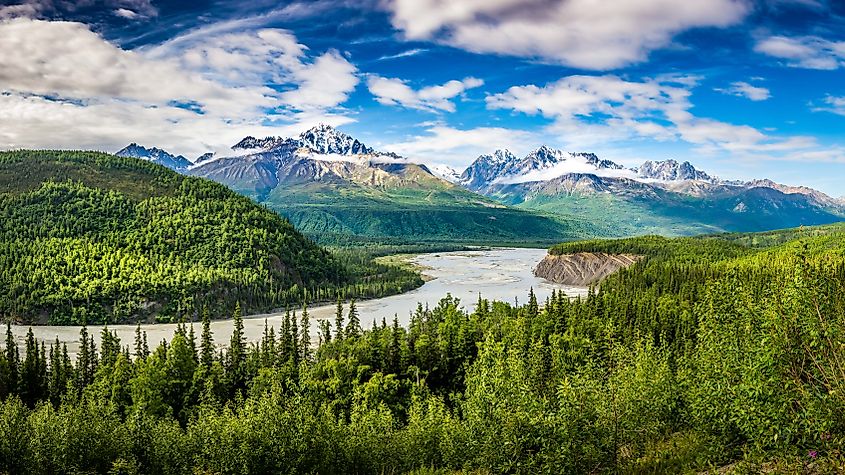
Total Area: 665,384 square miles
Land Area: 570,641 square miles
Water Area: 94,743 square miles
Alaska is by far the largest state in the United States. In fact, it is so vast that it could fit Texas inside it nearly two and a half times. Known for its untouched wilderness, immense mountain ranges, and dramatic coastline, Alaska's scale is staggering. Much of its land remains remote and uninhabited, home to wildlife like grizzly bears, moose, and caribou.
Alaska also has the most water area of any state by a significant margin, thanks to its countless lakes, rivers, and glacial systems. With fewer roads than any other state and many communities only accessible by plane or boat, its size contributes to a uniquely frontier lifestyle. The state covers more area than the 22 smallest US states combined.
Texas

Total Area: 268,596 square miles
Land Area: 261,232 square miles
Water Area: 7,365 square miles
Texas is the largest state in the contiguous United States and second only to Alaska overall. The Lone Star State is iconic for its wide-open plains, massive cattle ranches, and booming urban centers. Texas stretches from the pine forests of the east to desert landscapes in the west, offering a diversity of terrain and culture.
Its land area alone dwarfs most countries, and it ranks high not just in size but also in economic output, population, and political influence. With a thriving oil industry, expansive farmlands, and several of the country’s largest cities, Texas epitomizes American scale and ambition.
California

Total Area: 163,696 square miles
Land Area: 155,779 square miles
Water Area: 7,917 square miles
California ranks third in total area, and it's also the most populous state in the US. With sprawling cities like Los Angeles and San Francisco, world-class coastlines, towering Sierra Nevada mountains, and vast agricultural valleys, California offers an impressive range of environments.
Interestingly, California has slightly more water area than Texas, owing to its Pacific coastline, rivers, and lakes. Its massive footprint helps sustain one of the largest state economies in the world. In fact, if California were an independent nation, its economy would rank among the top five globally.
Montana
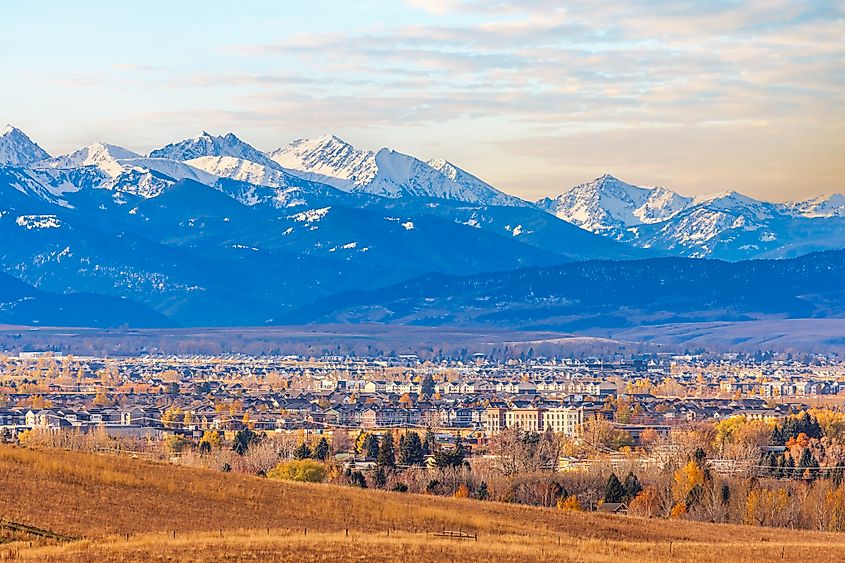
Total Area: 147,040 square miles
Land Area: 145,546 square miles
Water Area: 1,494 square miles
Montana earns the nickname "Big Sky Country" for good reason. This state is known for its stunning open landscapes, towering mountain ranges, and expansive prairies. With fewer than two people per square mile, Montana is also one of the least densely populated states. The land area here dominates, with only a small fraction consisting of water.
Its size plays a significant role in shaping its rural culture and recreational opportunities, especially for those who love hiking, fishing, and horseback riding. National parks like Glacier and portions of Yellowstone add to its outdoor appeal.
New Mexico
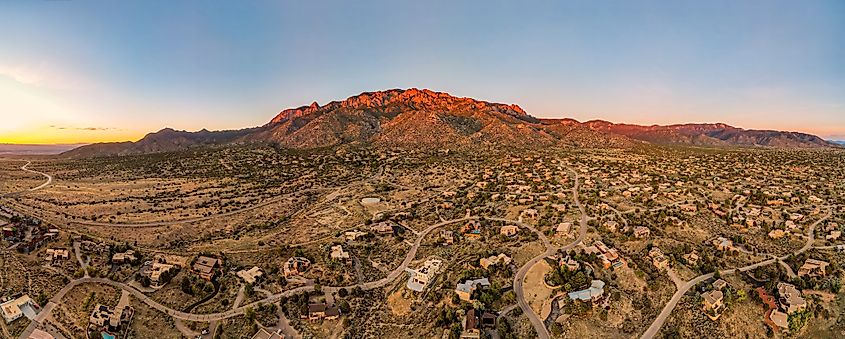
Total Area: 121,590 square miles
Land Area: 121,298 square miles
Water Area: 292 square miles
New Mexico combines dramatic desert vistas, snow-capped peaks, and rich cultural traditions. It is the fifth-largest state by total area and has one of the smallest water footprints among the top eight. New Mexico's landlocked location and arid climate contribute to its low water area. The state's size allows for a vast array of natural wonders, including White Sands National Park, the Rio Grande, Carlsbad Caverns, and parts of the Rocky Mountains. Its expansive open land also attracts artists and spiritual seekers to towns like Taos and Santa Fe.
Arizona
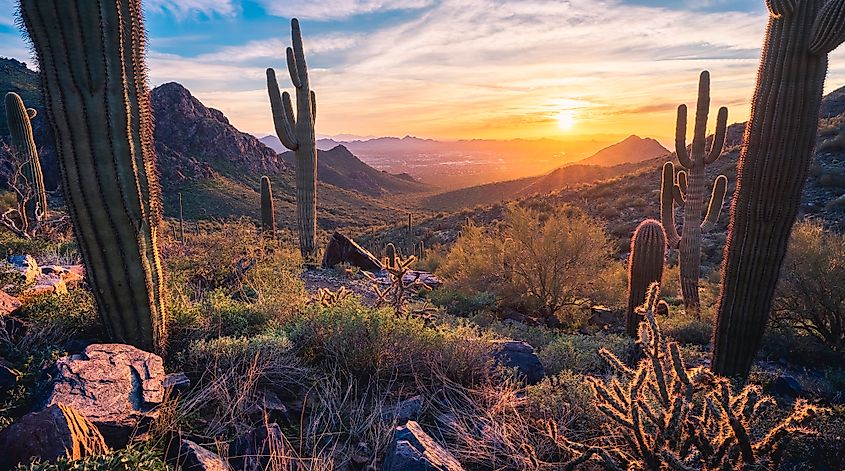
Total Area: 113,990 square miles
Land Area: 113,594 square miles
Water Area: 396 square miles
Famous for the Grand Canyon, Arizona is the sixth-largest state by area. Like New Mexico, it is largely arid, which is reflected in its low water area. The state's geography includes deserts, plateaus, and mountain ranges, as well as deep canyons carved over millions of years. Arizona's expansive land provides space for sprawling cities like Phoenix and Tucson. It also contains a rich array of natural attractions, from Sedona’s red rocks to Petrified Forest National Park, and supports a thriving tourism industry driven by outdoor recreation and warm weather.
Nevada
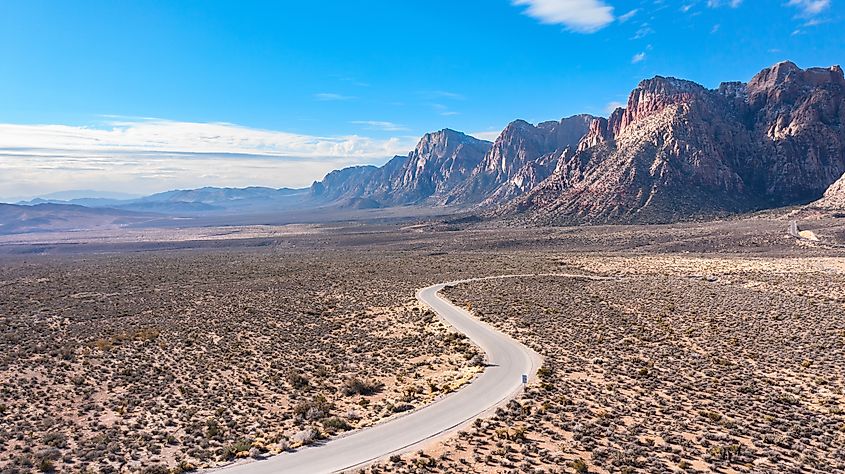
Total Area: 110,572 square miles
Land Area: 109,781 square miles
Water Area: 791 square miles
Nevada is often associated with Las Vegas, but its size tells a broader story. The state spans rugged mountains, high desert basins, and isolated towns. With over 80 percent of its land owned by the federal government, much of Nevada is undeveloped, making it an important state for military testing, mining, and renewable energy projects.
While water is scarce, Lake Tahoe and the Colorado River add to its total area. Nevada’s wide-open spaces are perfect for stargazing, off-roading, and solitude, offering an experience far different from the glitter of the Las Vegas Strip.
Colorado
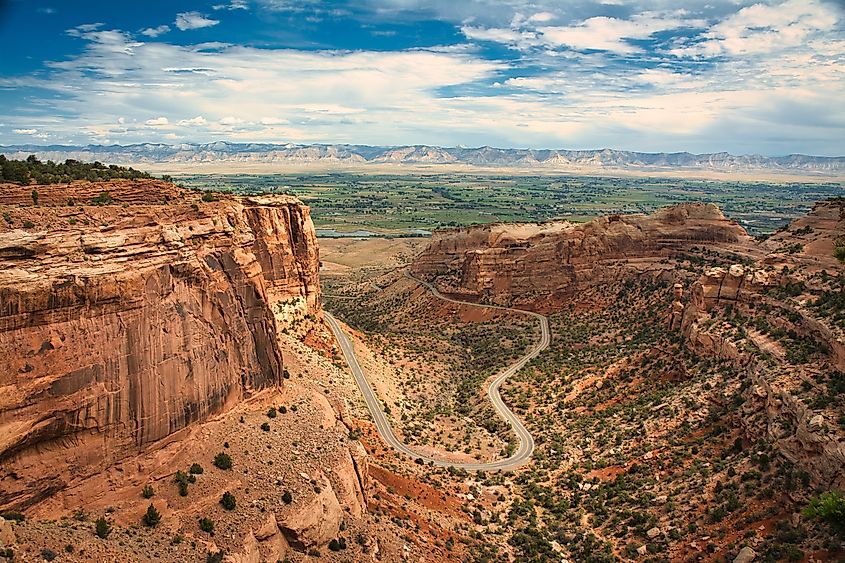
Total Area: 104,094 square miles
Land Area: 103,642 square miles
Water Area: 452 square miles
Colorado rounds out the top eight largest states, known for the Rocky Mountains that dominate its western half. From alpine tundra to sweeping plains, Colorado’s geography is varied and dramatic. It has slightly more water area than neighboring New Mexico and Arizona, thanks to numerous reservoirs, rivers, and alpine lakes.
The state’s size supports a rich outdoor lifestyle and a rapidly growing population centered in cities like Denver and Colorado Springs. With four national parks and a booming tech industry, Colorado offers a balance between wilderness and innovation.
The Geographic Giants of the US
Size isn’t everything, but in the United States, it certainly shapes identity, culture, and opportunity. The largest states command space for agriculture, tourism, energy production, and urban development. Their diverse geographies also support a variety of lifestyles, from remote mountain living to sprawling suburban communities.
Whether you’re planning a road trip or studying US geography, understanding the scale of these eight massive states is a window into the vastness of America itself.
